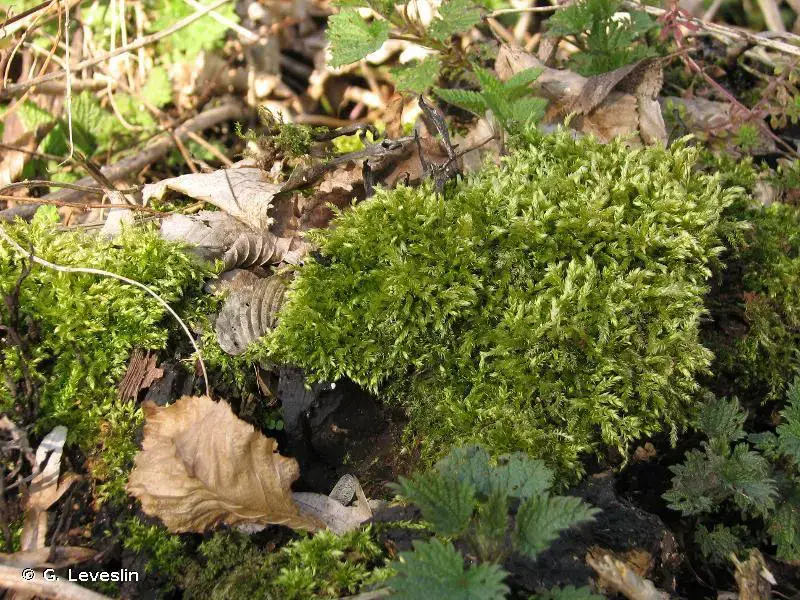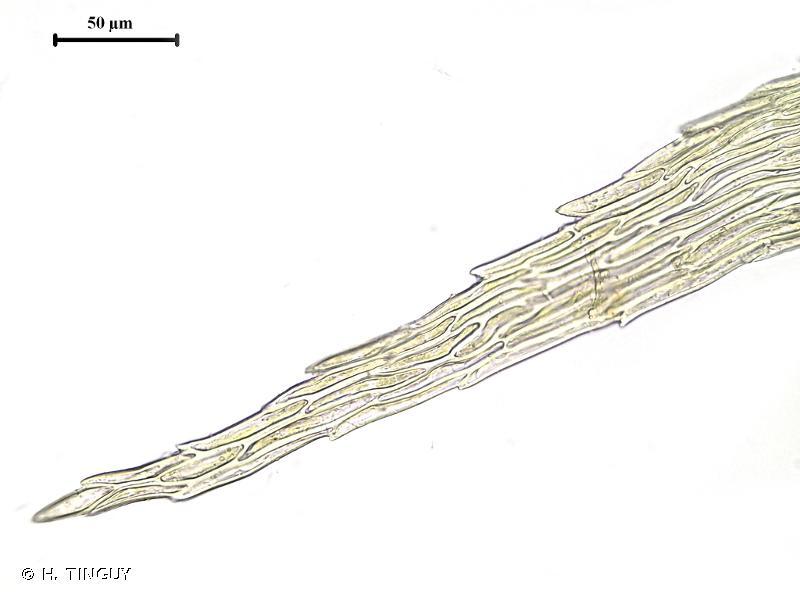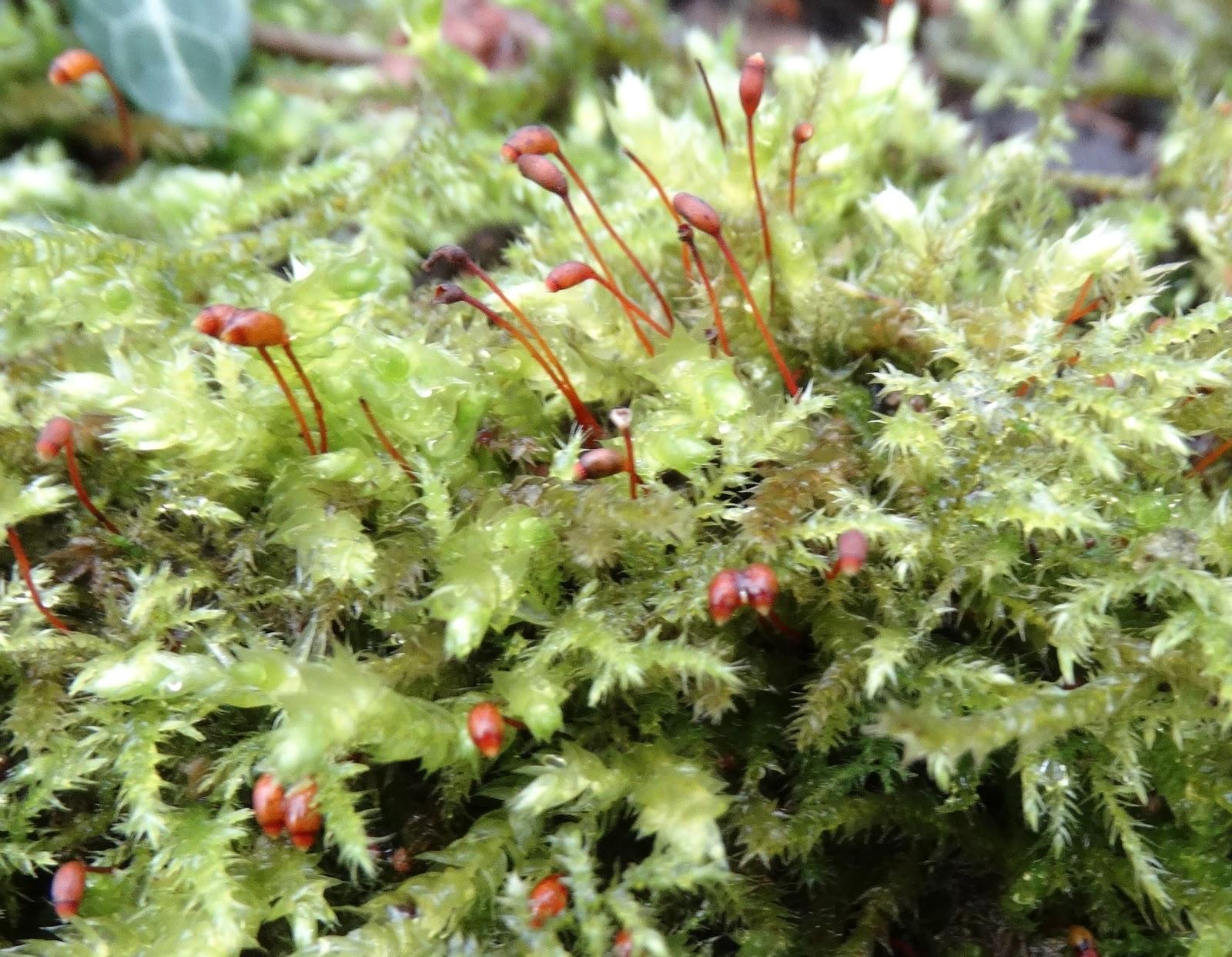
154271.jpg from: https://inpn.mnhn.fr/espece/cd_nom/5826

249610.jpg from: https://inpn.mnhn.fr/espece/cd_nom/434456
Introduction
Welcome, fellow moss enthusiasts! Today, we’re going to delve into the fascinating world of

DSC07105.JPG from: https://oogvoordenatuur.blogspot.com/2017/03/gewoon-dikkopmos-brachythecium.html
Brachythecium praelongum Schimp. ex Müll.Hal., a captivating member of the Brachytheciaceae family, commonly known as Brachythecium. This unassuming yet remarkable moss has captured the hearts and minds of bryologists worldwide, and we’re about to uncover its secrets.
Background
Before we dive into the nitty-gritty details, let’s set the stage. Brachythecium praelongum belongs to the phylum Bryophyta, which encompasses all mosses, liverworts, and hornworts. These diminutive plants have been around for millions of years, predating even the dinosaurs! Despite their small stature, they play a crucial role in various ecosystems, acting as pioneers in colonizing new environments and providing a cozy home for countless microorganisms.
Main Content
Morphology and Identification
Brachythecium praelongum is a true chameleon in the moss world. Its appearance can vary greatly depending on its environment, making identification a delightful challenge. However, there are a few key characteristics that set it apart. This moss boasts slender, creeping stems that can reach impressive lengths, hence the name “praelongum” (meaning “very long”). Its leaves are ovate to lanceolate, with a distinctive midrib that extends nearly to the tip. When you peer through a magnifying lens, you’ll notice the leaf margins are finely serrated, adding to its intricate beauty.
Global Distribution and Habitat
This versatile moss has a truly global presence, thriving in various habitats across the Northern Hemisphere. From the cool, moist forests of North America and Europe to the temperate regions of Asia, Brachythecium praelongum has found its niche. It’s a true survivor, adapting to a wide range of conditions, from shaded rock crevices to the bases of trees and even disturbed areas like roadside banks.
Ecological Roles and Adaptations
Despite its unassuming appearance, Brachythecium praelongum plays a vital role in its ecosystems. Its dense mats act as a sponge, absorbing and retaining moisture, creating a microhabitat for countless tiny creatures. Additionally, this moss contributes to soil formation and nutrient cycling, breaking down organic matter and releasing essential nutrients back into the environment.
One of the most remarkable adaptations of Brachythecium praelongum is its ability to withstand desiccation. During dry periods, it can curl up its leaves and enter a state of dormancy, only to spring back to life when moisture returns. This resilience has allowed it to thrive in a wide range of habitats, making it a true champion of the moss world.
Case Studies/Examples
To illustrate the versatility of Brachythecium praelongum, let’s explore a few real-world examples:
Pacific Northwest Forests: In the lush, temperate rainforests of the Pacific Northwest, Brachythecium praelongum carpets the forest floor, creating a vibrant green tapestry that supports a diverse array of fungi, insects, and other organisms.
Urban Environments: Even in the heart of cities, this hardy moss can be found clinging to the bases of trees, walls, and other surfaces, demonstrating its remarkable adaptability to human-influenced environments.
Technical Table
| Characteristic | Description |
|---|---|
| Phylum | Bryophyta |
| Class | Bryopsida |
| Family | Brachytheciaceae |
| Genus | Brachythecium |
| Species | praelongum |
| Growth Form | Creeping, mat-forming |
| Leaf Shape | Ovate to lanceolate |
| Leaf Margin | Finely serrated |
| Midrib | Extending nearly to leaf tip |
| Habitat | Forests, rock crevices, tree bases, disturbed areas |
| Distribution | Northern Hemisphere (North America, Europe, Asia) |
Conclusion
As we bid farewell to the captivating world of Brachythecium praelongum, we’re left with a newfound appreciation for the intricate beauty and resilience of these unassuming plants. From its ability to withstand harsh conditions to its vital role in supporting entire ecosystems, this moss truly embodies the essence of nature’s wonders.
Before we part ways, ponder this: If such a small and seemingly insignificant organism can have such a profound impact on its surroundings, what other marvels might be hidden in plain sight, waiting to be discovered and celebrated?